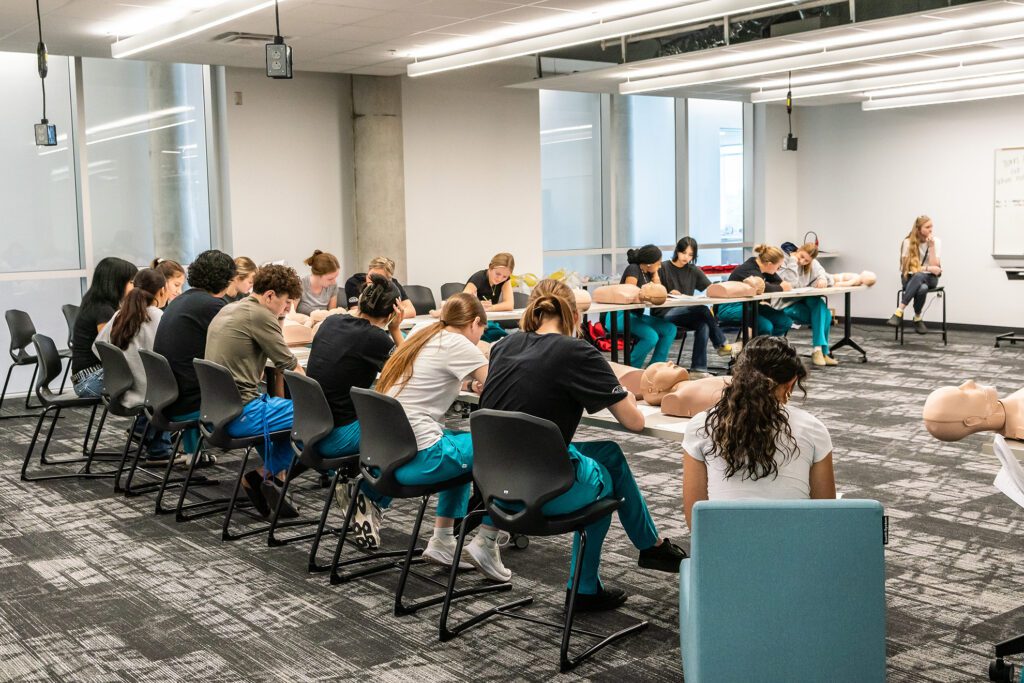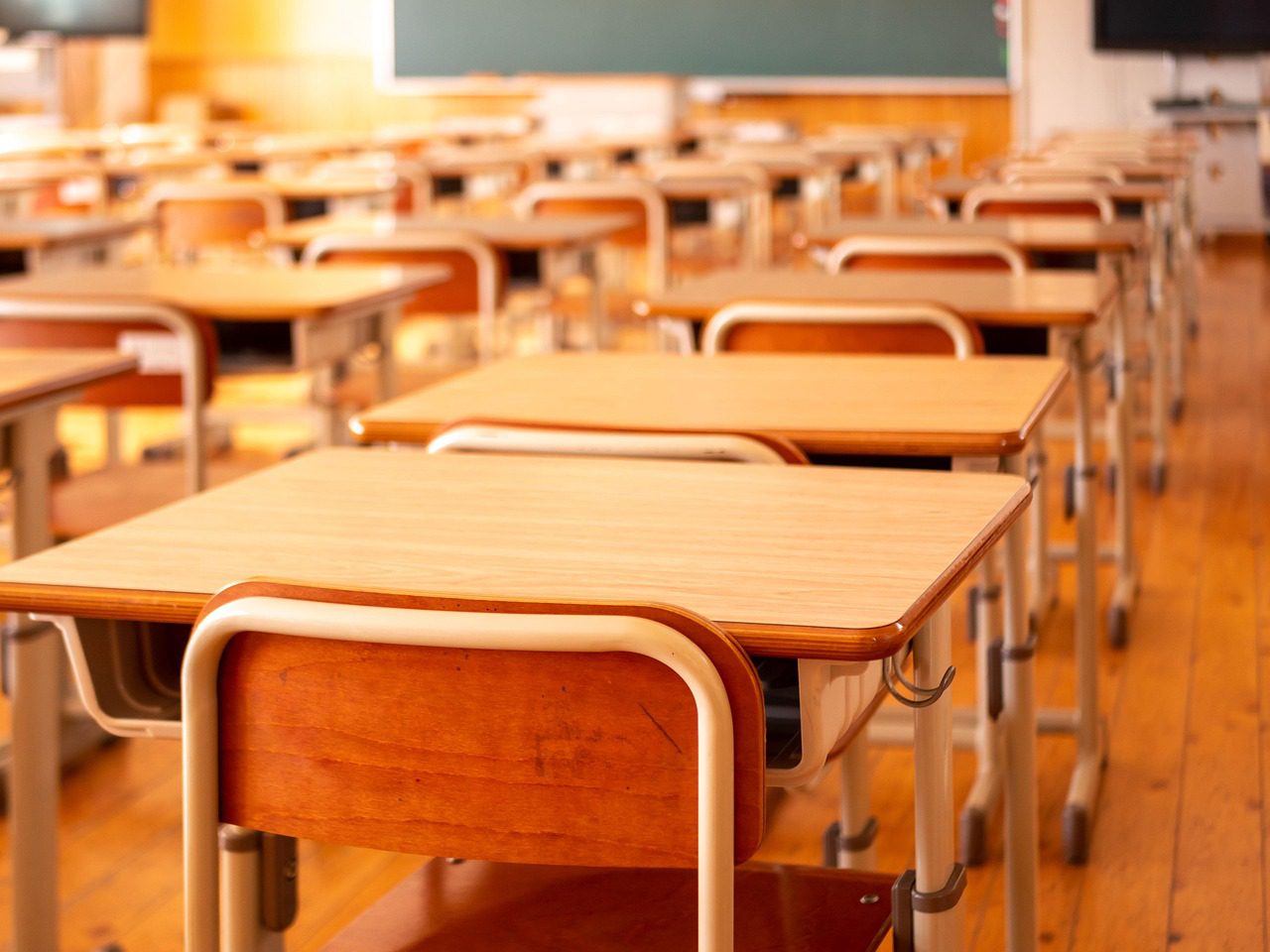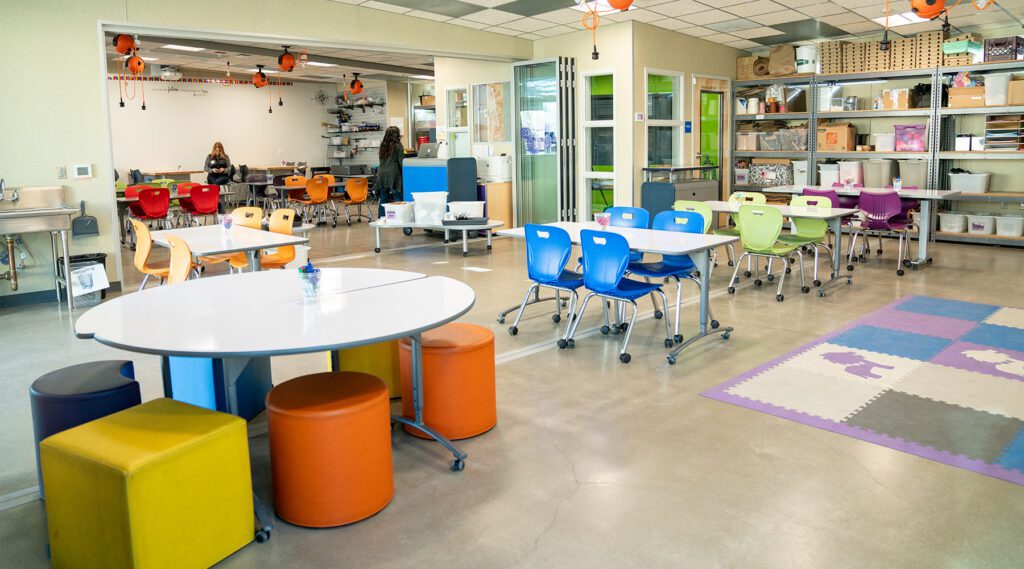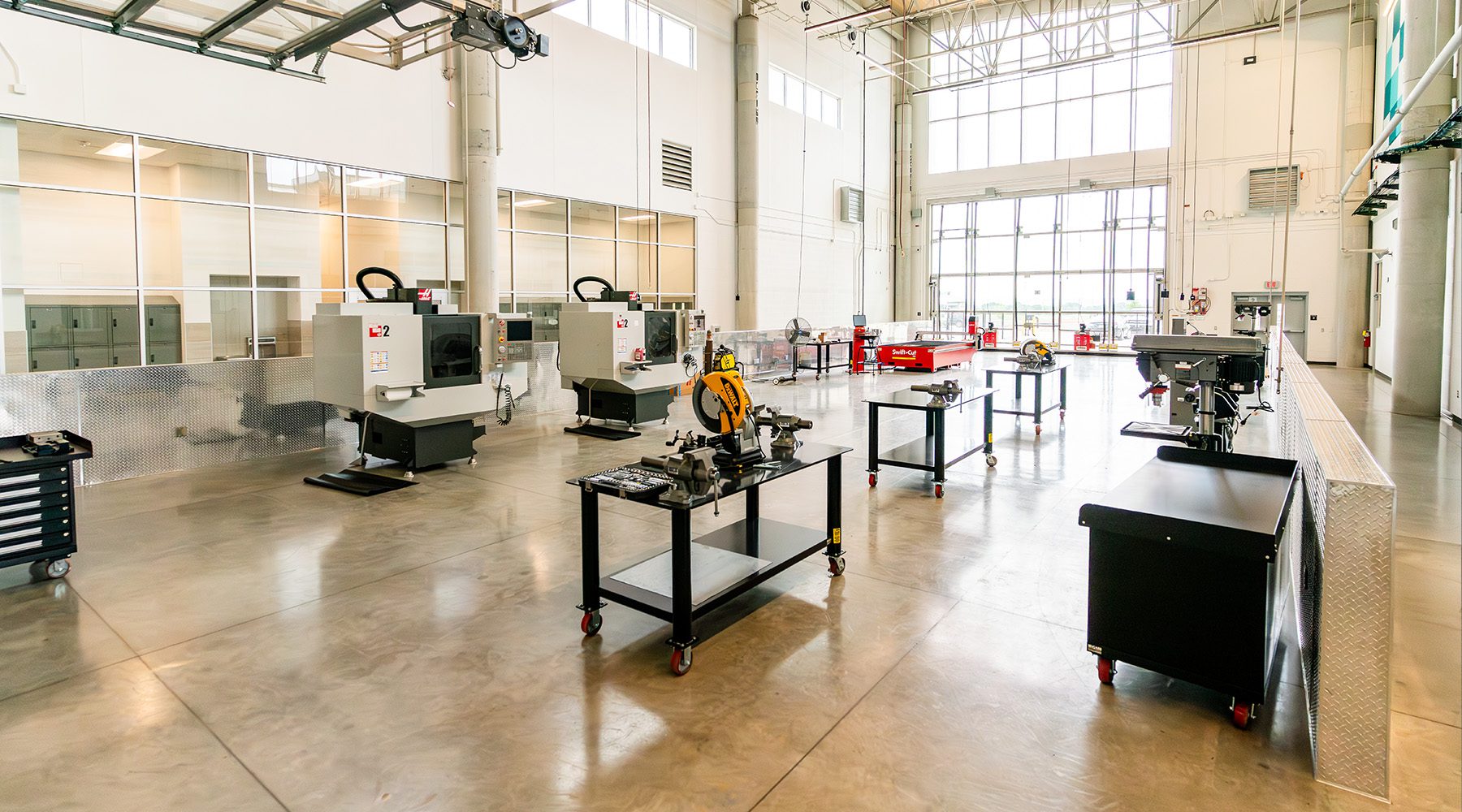
How to Develop Future-Ready Students
There was a time when preparing students for the future felt more predictable. A strong academic foundation, a diploma in hand, and a next step — whether college, career, or military — clearly marked. Schools focused on helping students meet standards and complete requirements, and for many, that was enough.
But you’ve likely seen the shift.
Industries are evolving faster than curriculum can keep up. Employers are asking for skills that don’t necessarily appear on a report card. And students are walking into a world that, in addition to knowledge, demands agility, confidence, and real-world experience.
Today’s workforce demands that students have more than academics. They need adaptability, real-world experience, and durable skills that grow with them.
For district leaders and educators, it can feel like you’re being held accountable for preparing students for an unknown world. Stakeholders expect:
- Learning environments and strategies that bridge academic content with real-world application
- Hands-on, career-relevant learning aligned to in-demand industries
- Cultivation of durable skills and capabilities that endure through automation
And yet, many schools are still working within outdated models. Ones that weren’t designed to support this kind of learning. The effects are rippling into the workforce, where 40% of employers say schools fall short in preparing students for careers in their industries.
You’re not alone in facing this challenge. But the good news is, you don’t have to face it without support.

Why Traditional Classrooms Aren’t Enough
Academic content is important, but it’s only part of what students need to succeed. According to a survey by the Society for Human Resource Management, employers consistently highlight six core skills they seek in emerging professionals. These are what many refer to as durable skills —transferable strengths that carry across industries, careers, and technological disruptions:
- Adaptability and willingness to learn
- Strong work ethic and reliability
- Communication
- Teamwork
- Critical thinking
- Time management
But even when schools do prioritize these essential skills, the learning environment can either support, or hinder, their development. The traditional model of classrooms — rows of desks, teacher-centered instruction, and a heavy focus on standardized outcomes — was built for a different era of expectations.
Academic content still matters. But traditional classrooms weren’t built to develop the durable skills students now need.
“The classroom has to be about more than delivering information,” says Naveen Jain, an education philanthropist. “[It should be] a place where children come together in a group and solve problems in an interdisciplinary way.”
That’s precisely the shift ProSocial Learning Environments® support, moving from isolated instruction to dynamic learning.
Foundations for Future-Ready Learning
Intentionally designed to help students build the habits and mindsets that durable skills require, ProSocial Learning Environments support instruction that prioritizes:
- Collaboration and peer-to-peer learning
- Shared responsibility and team-based tasks
- Student agency, movement, and decision-making
- Real-world behaviors like time management and professionalism
These concepts are brought to life through the physical design of the environment. Every element in the classroom is purposefully chosen and arranged to support the development of durable skills and real-world behaviors.

Research consistently backs this up. For instance, a 2018 analysis by John Hattie found that student agency and self-regulation are among the most powerful drivers of student achievement — with effect sizes nearly double that of typical classroom interventions.
ProSocial Learning Environments create the conditions for students to build durable skills through collaboration, agency, and real-world responsibility.
By shaping how students engage with their work and with each other, ProSocial Learning Environments are also ideal models for laying the groundwork for career readiness. Acting as a foundation that powers Career and Technical Education (CTE) programs, students collaborate, solve problems, and build confidence through hands-on, real-world learning.
These durable skills that students gain are aligned with the demands of industries tied directly to CTE career pathways, such as advanced manufacturing, healthcare, automotive, and robotics.

Even before graduation, the benefits of career-connected environments are clear. For example, the California Department of Education reports that “CTE has been found to increase school connectedness, reduce behavioral problems related to suspensions and expulsions, and reduce dropout rates among all student groups — especially among students most at risk of dropping out.”
Those who pursue college also see improved outcomes, as students opting for post-secondary education are more likely to stay in school and maintain a higher GPA than their peers if they had access to high-quality CTE programs.
When paired with CTE, ProSocial Learning Environments provide a powerful foundation for both career readiness and long-term academic success.
Together, ProSocial Learning Environments and high-quality CTE programs equip students with the full spectrum of technical, social, and emotional skills needed to thrive. It’s a comprehensive approach to future-readiness that reflects the real world students are preparing to enter.
Partnering for Future-Ready Success
Good intentions may spark change, but preparing future-ready students takes more. It requires intentional environments, aligned programs, and expert support. Meteor Education equips districts with the tools, strategies, and guidance to make it happen.
We offer a full-service approach to building ProSocial Learning Environments and advanced CTE programs that are both technically robust and future ready. Working alongside districts from vision to implementation, we design tailored environments and experiences that reflect the needs of today’s learners and tomorrow’s workforce.
For districts to prepare future-ready students, they need the right environments, programs, and guidance. Meteor Education can help provide all three.
Our support spans every phase of your journey:
- Strategic Design — Help you plan learning environments that support both academic instruction and durable skill development.
- Technical Implementation — We’ll handle the logistical details of installation and setup of all furniture, equipment, and infrastructure.
- Instructor Support — Active onboarding and professional development so educators feel confident using new furniture, tools, and technology.
The challenge of preparing students for the future is growing more complex and more urgent. As industries evolve and expectations shift, students need durable skills to carry them through a career that may look rather different at the finish than it did at the start. This means schools must create learning environments that reflect the demands of the modern world.
Meteor Education is here to help districts build those programs, allowing students to gain the social skills, technical expertise, and robust habits that will lead to a successful, post-secondary life.
Equipping students for success beyond the classroom
Learn how one district transformed its CTE spaces into future-ready learning environments.
Hattie, J. (2018). Visible Learning Plus: 250+ Influences on Student Achievement. Corwin Press.